Organic Polysulfide Size
Organic Polysulfide Market Growth Projections and Opportunities
Organic Polysulfide market dynamics are driven by different uses of these compounds in aerospace, construction, and automotive industries. As demand for high-performance sealants and adhesives rises, Organic Polysulfides' chemical resistance and flexibility become key. Organic Polysulfides are essential to many manufacturing processes due to the expansion and performance of these industries. The Organic Polysulfide market is driven by regulations and environmental consciousness. Organic Polysulfide market growth depends on worldwide economic conditions. Polysulfide demand is directly affected by economic factors including construction, aerospace, and automobile manufacture. Demand for Organic Polysulfides rises during economic growth as sophisticated materials and high-performance coatings become more popular. In contrast, economic downturns may hurt some industries, affecting market dynamics.
Technology in polysulfide formulations drives market growth. Polymer chemistry, cross-linking, and functional changes can improve Organic Polysulfides' performance, adaptability, and applicability. As technology advances, companies who invest in R&D may meet changing industry needs and acquire a competitive edge in the Organic Polysulfide market.
Raw material availability and cost are crucial in the Organic Polysulfide market. Organic reactants and elemental sulfur are common source ingredients for these compounds. Variations in these raw material prices might affect production costs and market dynamics. To avoid disruptions and maintain market stability, Organic Polysulfides must be supplied by a stable and efficient supply chain.
Geopolitics and global trade regulations shape the Organic Polysulfide market. Tariffs, trade agreements, and geopolitical conflicts affect chemical supply and demand from abroad. Market participants must adjust to these external influences to manage global trade dynamics.
Market share, strategic activities, and key players affect Organic Polysulfide market dynamics. Companies rely on product innovation, portfolio expansion, and strategic collaborations to boost their market position. A competitive edge in the fast-changing specialty chemical industry for Organic Polysulfides is often achieved through mergers and acquisitions.
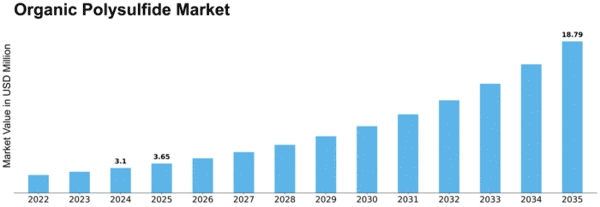

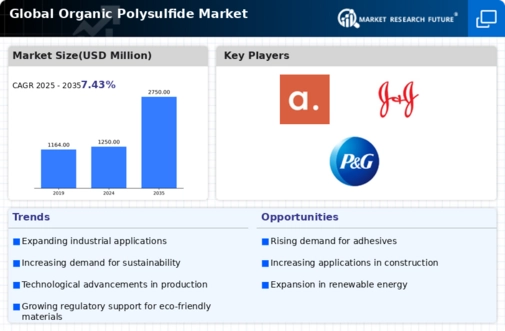
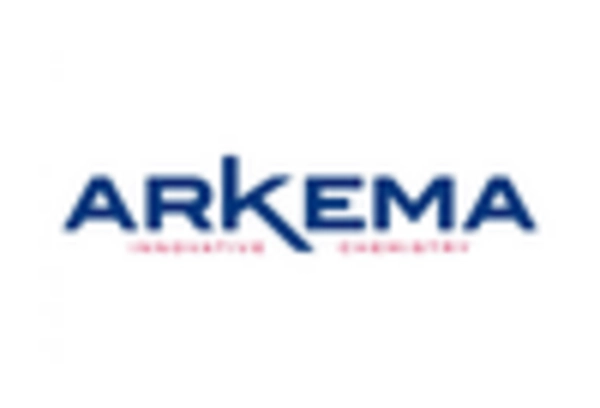

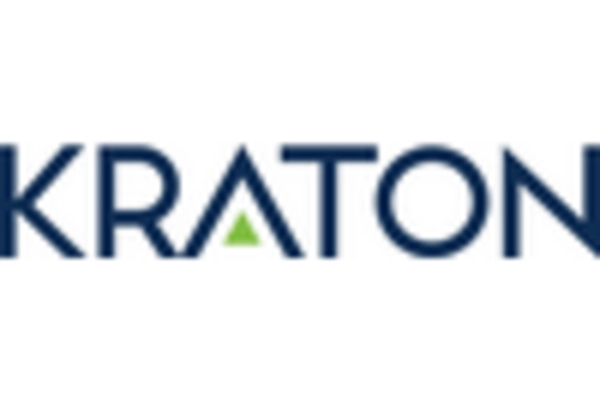

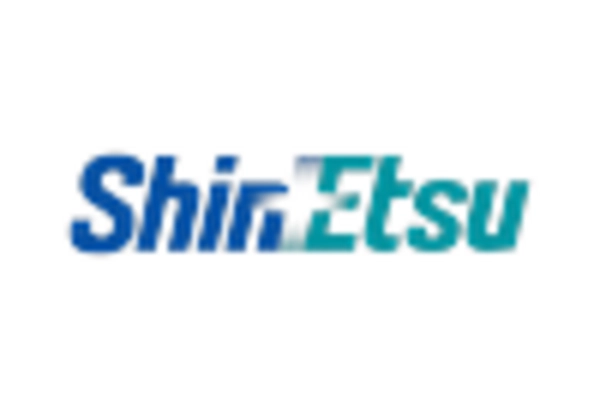










Leave a Comment